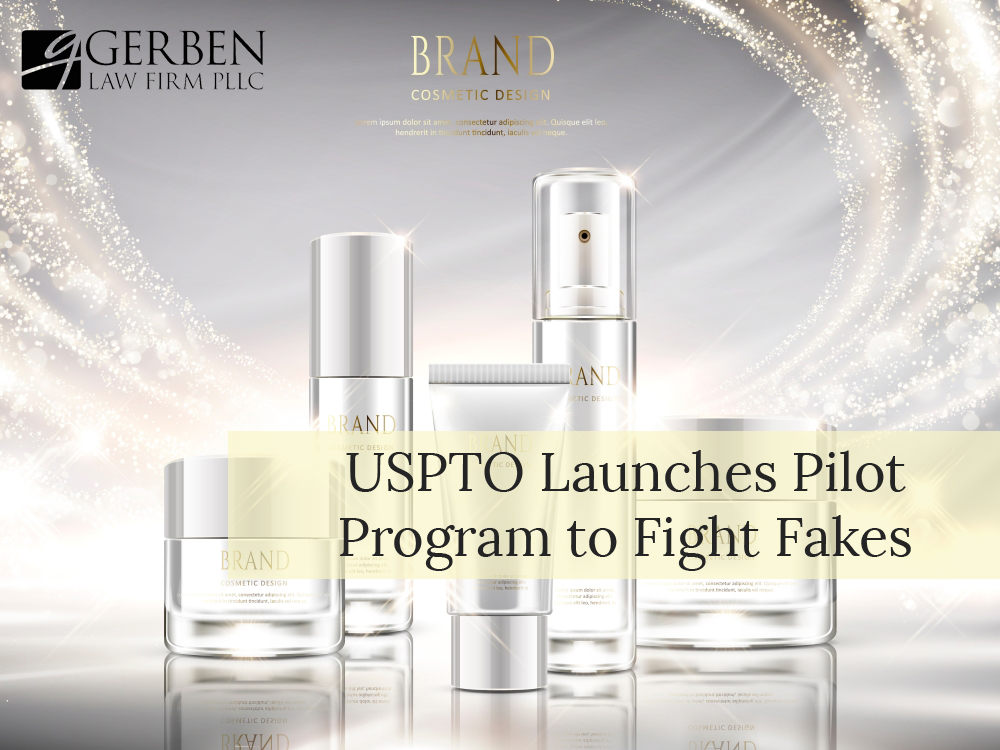USPTO Launches Fake Specimen Informant Program

SPECIMEN QUESTIONS?
Most specimen issues can be avoided altogether with experienced trademark counsel – call us today for a free consultation.
The USPTO is cracking down on fake and doctored specimens – and with the announcement of its newest program, you can help. In a surprise announcement, the USPTO released the details of its latest pilot program allowing anyone to “report” specimens that are believed to be computer-generated, doctored or otherwise fraudulent.
A trademark specimen is a real-life sample of how an applicant is the using the mark with the goods and/or services identified in an application in the marketplace. For goods, this is typically a photograph of the product or product packaging that shows the applied-for trademark. For services, this is often an advertisement, such as a website, for the services.
With the exception of some international/treaty-based trademark applications, all applicants are required to submit specimens along with a sworn statement that the specimens are valid and that the goods and/or services are being sold or rendered in the United States, in inter-state commerce.
Fraudulent Trademark Specimens on the Rise
With the growing number of trademark applications, there is also a growing problem at the USPTO. Some trademark applicants are creating computer generated specimens and submitting them to the USPTO as real specimens. While Examining Attorneys will refuse specimens that are obviously altered or computer generated, some doctored specimens can be convincing and professional-looking.
You may be thinking, why file a fake specimen? The biggest culprit is likely just lack of knowledge – applicant’s who file on their own, without experienced legal representation, may not know that they are prohibited from submitting a mock-up. To some, mocking up a design seems a lot like they are “using it.” For others, they may be attempting to avoid delays or additional fees. There are a variety of reasons that applicants file fake specimens – some innocent, and unfortunately some purposefully fraudulent.
Regardless, applicants should consider themselves warned, a fake specimen could lead to the refusal of an application or cancellation of a trademark registration that is received..
And now, the USPTO is asking for the public’s help in identifying false specimens and helping to maintain the integrity of the USPTO’s Federal Register.
The USPTO’s Criteria for Reporting Falsified Trademark Specimens
The USPTO launched a new pilot program where anyone can submit evidence of false specimens, with certain limitations and criteria. To submit to the new program, concerned individuals, companies, or anyone else may submit an e-mail to the USPTO’s special pilot program email address.
The e-mail must include either:
- Objective evidence of third party use of the identical image without the mark in question. For example, this could include the page of a stock image website or other website showing the underlying image without the alleged trademark superimposed on the image or
- The prior registration numbers and/or serial numbers of applications in which all use identical images of objects, mockups of websites, etc., all bearing different marks.
These protest emails must be received no later than the 30th day after publication for opposition.
Potential Limitations and Items to Think About for the USPTO’s New Program
First, the USPTO has indicated that while it has no plans to make these “protests” public by posting them anywhere, officials have indicated that the policy could change at any time and that all submissions would be subject to a “Freedom of Information Act” request or may be obtained for litigation reasons.
The program is also currently limited to standard “use based” trademark applications. It would not cover “Statement of Use” filings or specimens submitted with renewal filings. These are both major sources of fraudulent specimens, so it will be interesting to see if the USPTO expands the reach of the program in the future.
The effectiveness of a program like this remains to be seen, but it is another tool at the disposal of the USPTO as it continues to further its mission of maintaining the integrity of the trademark registration symbol.
It also places a spotlight on all applicants – submission of doctored or fake specimens will not be tolerated and could result in significant delays in obtaining (or even denial of) a trademark registration.
Do you need assistance with a trademark matter?
Contact an Attorney Today